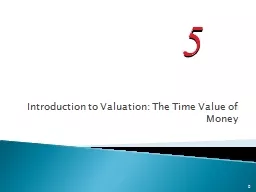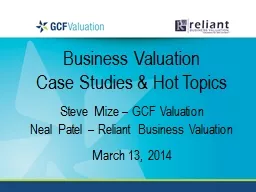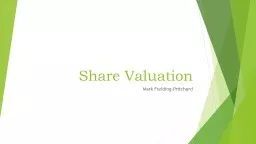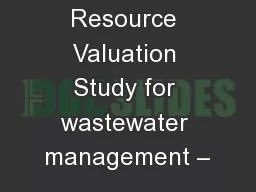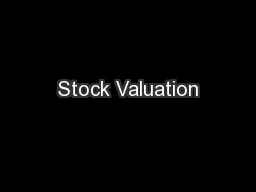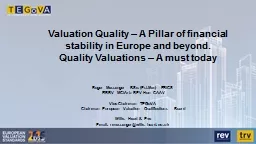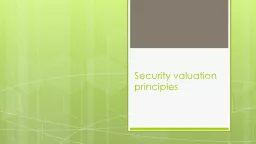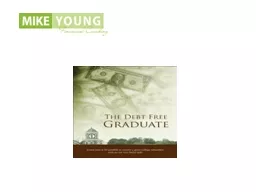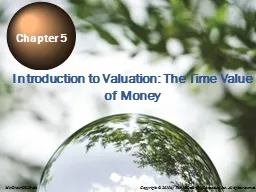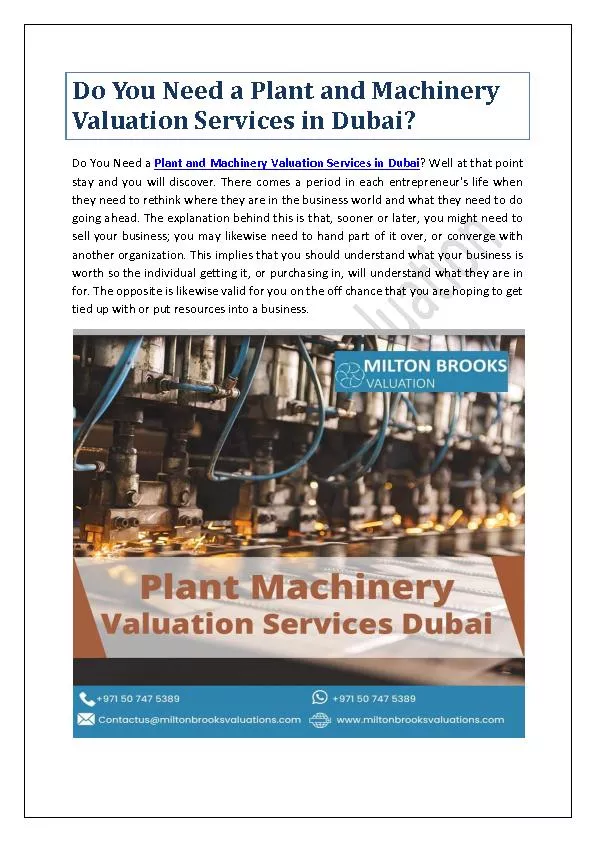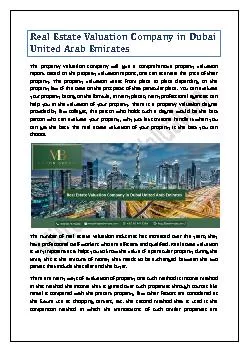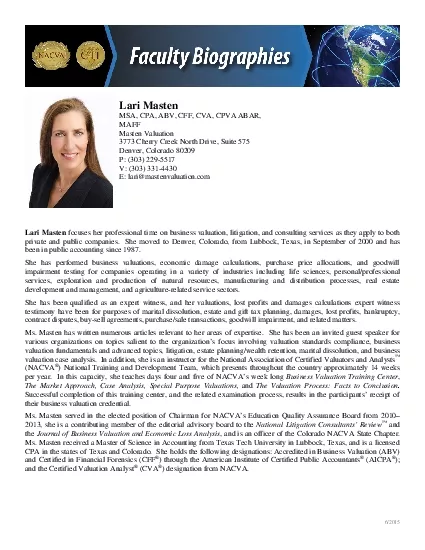PPT-Introduction to Valuation: The Time Value of Money
Author : karlyn-bohler | Published Date : 2015-09-17
0 5 1 Assume interest rates are 43884 You have just won a lottery and must choose between the following two options Receive a cheque for 150000 today Receive 10000
Presentation Embed Code
Download Presentation
Download Presentation The PPT/PDF document "Introduction to Valuation: The Time Valu..." is the property of its rightful owner. Permission is granted to download and print the materials on this website for personal, non-commercial use only, and to display it on your personal computer provided you do not modify the materials and that you retain all copyright notices contained in the materials. By downloading content from our website, you accept the terms of this agreement.
Introduction to Valuation: The Time Value of Money: Transcript
Download Rules Of Document
"Introduction to Valuation: The Time Value of Money"The content belongs to its owner. You may download and print it for personal use, without modification, and keep all copyright notices. By downloading, you agree to these terms.
Related Documents

